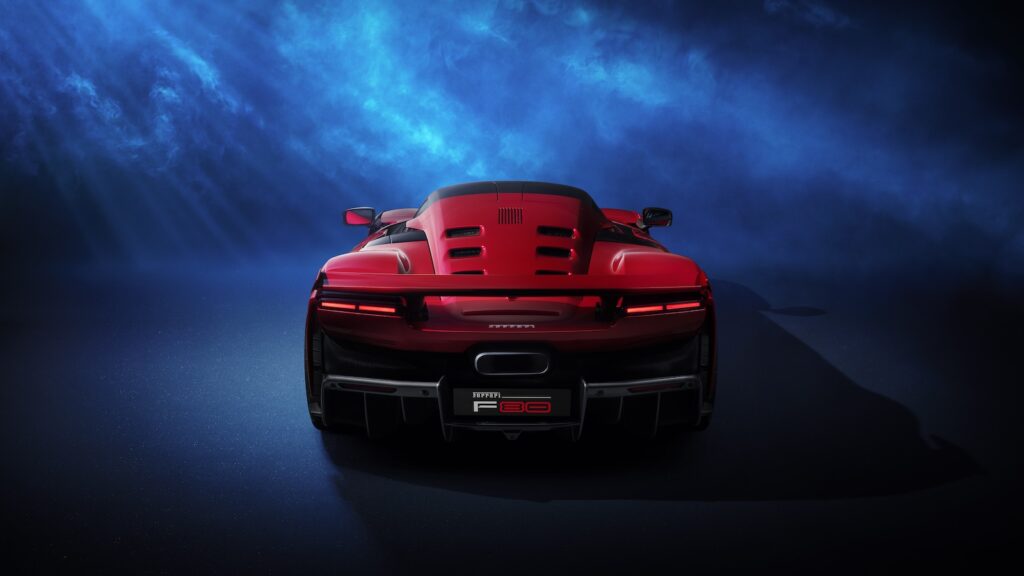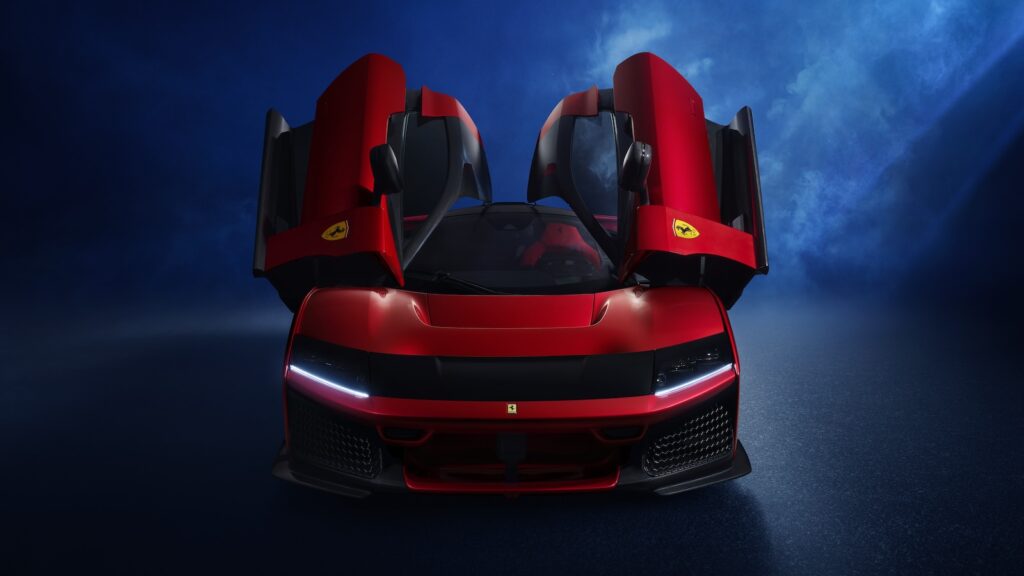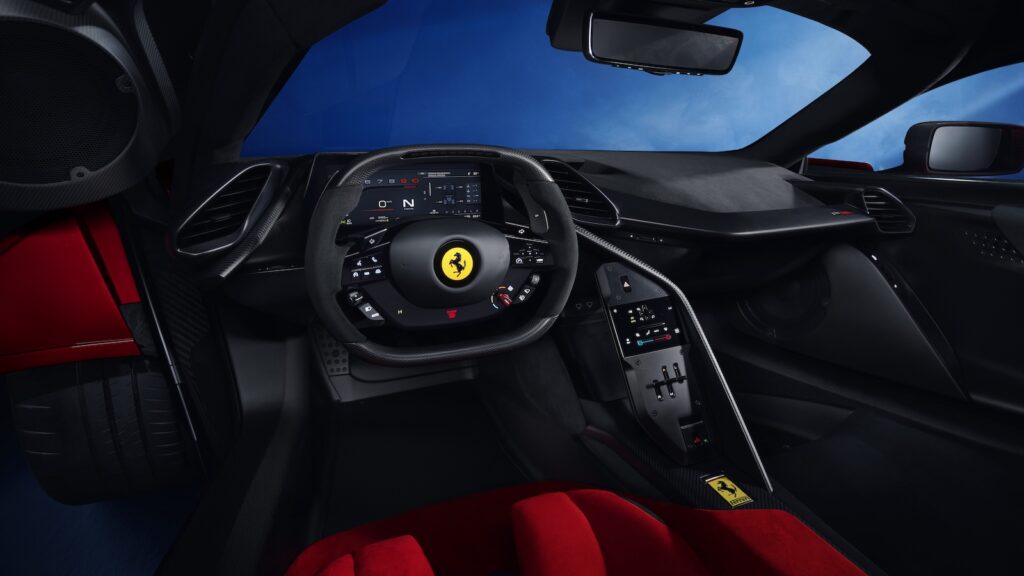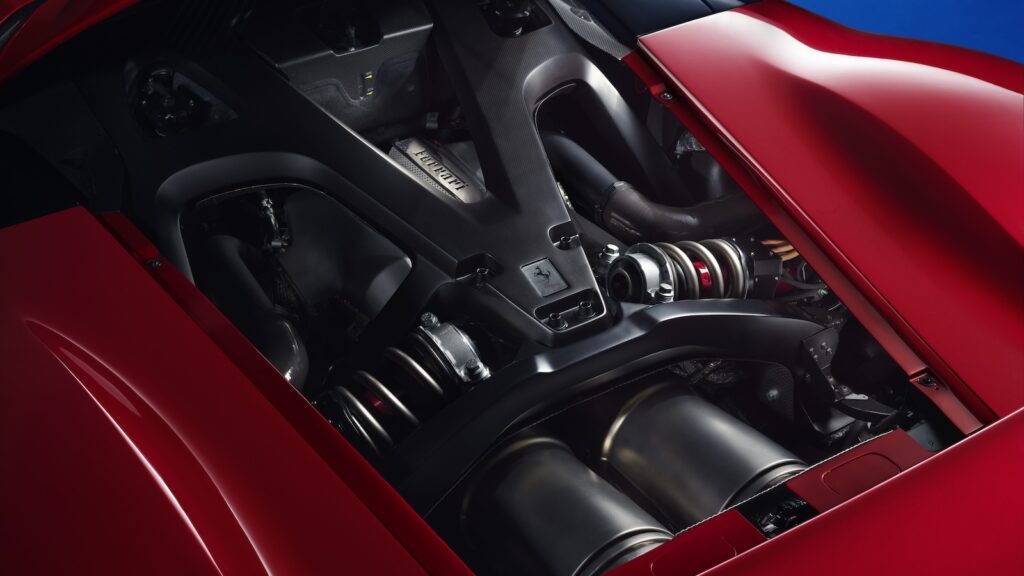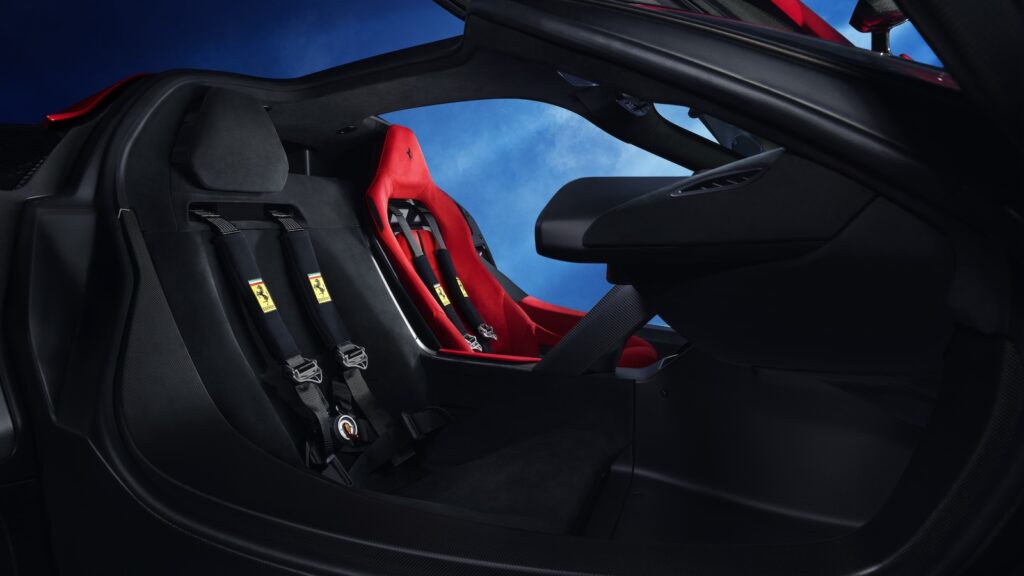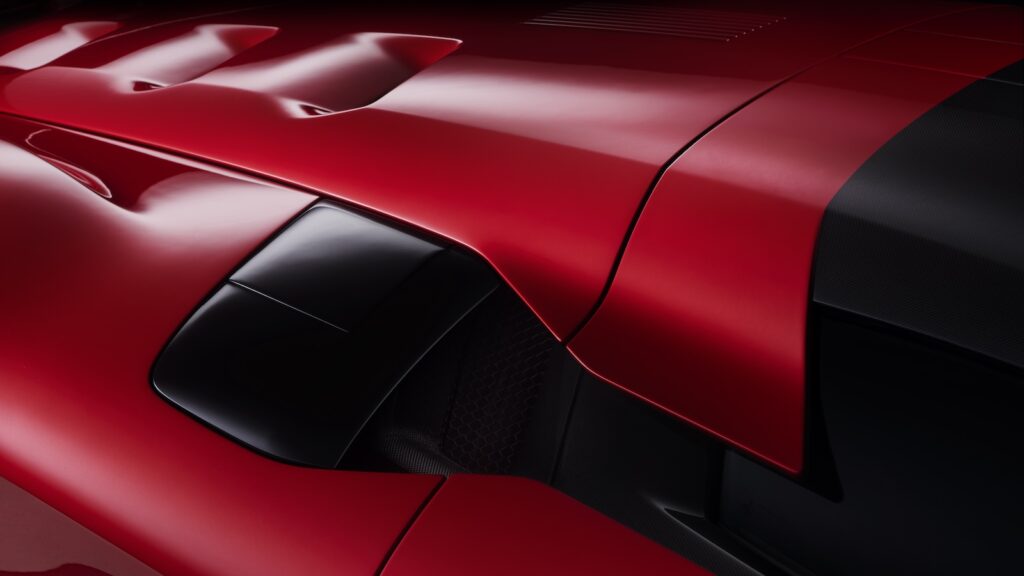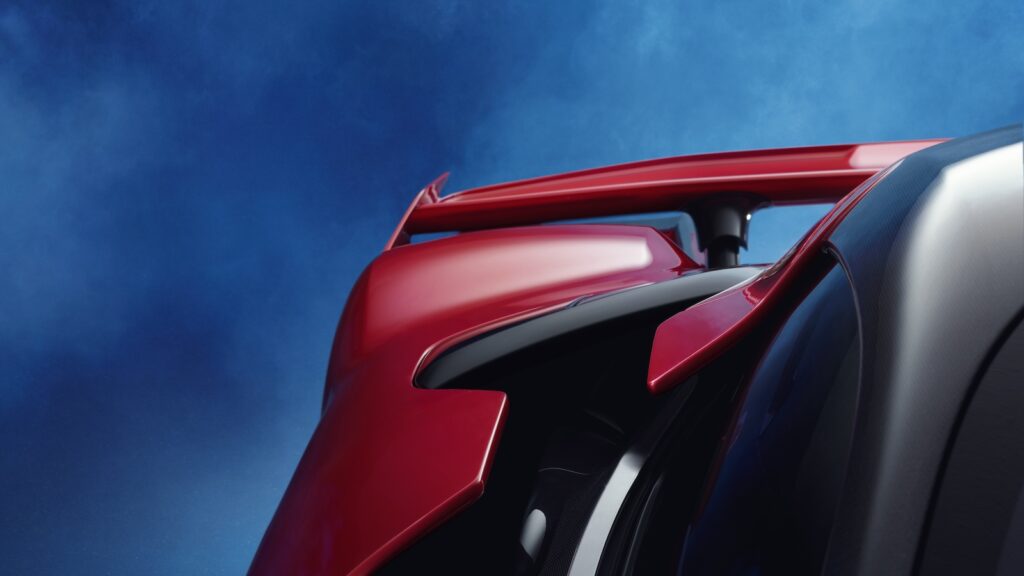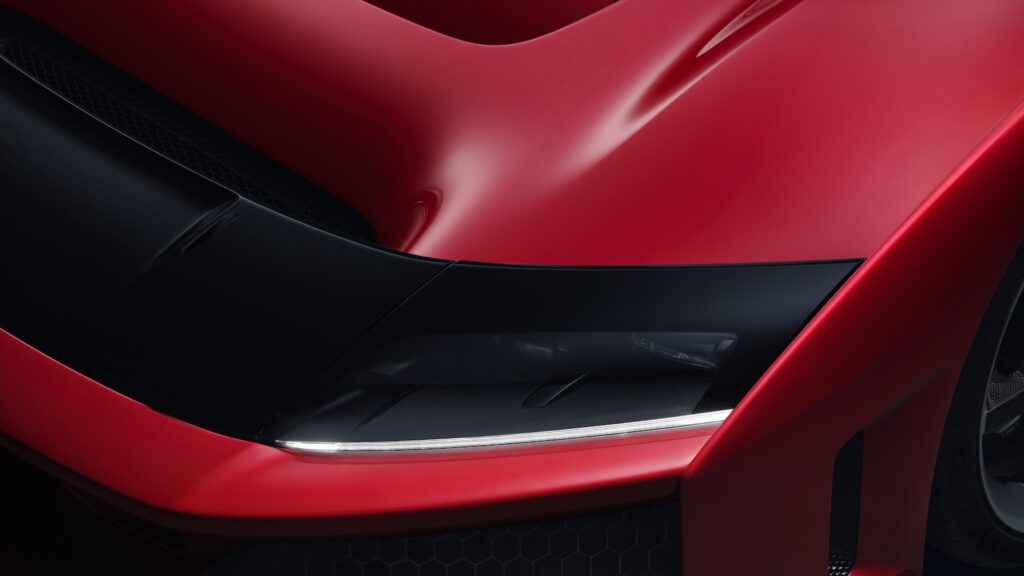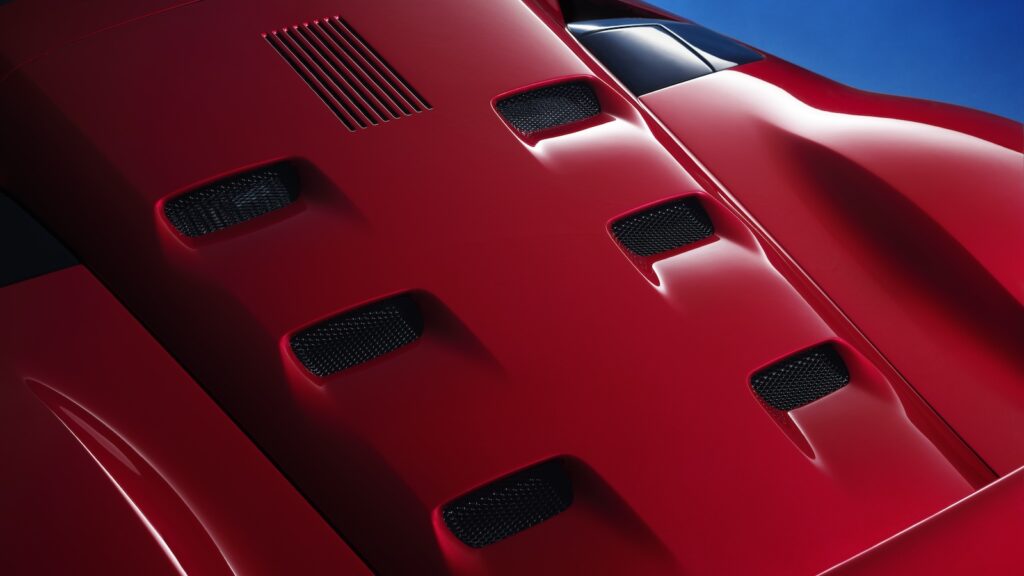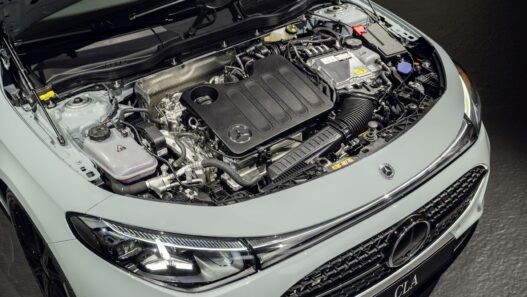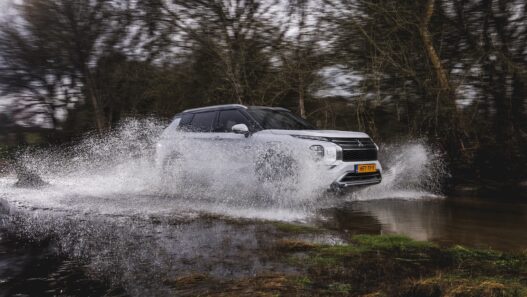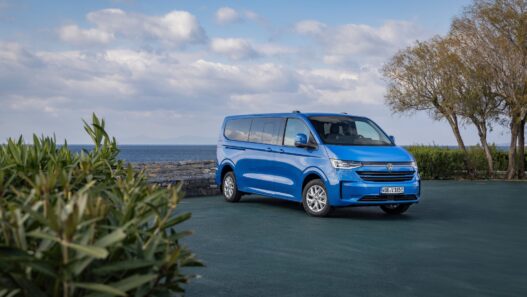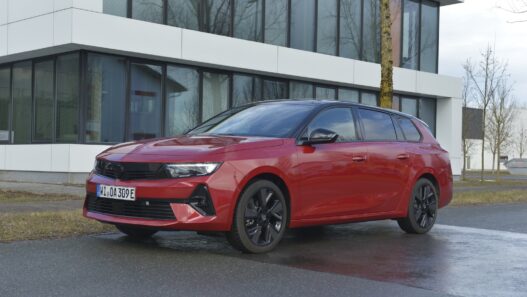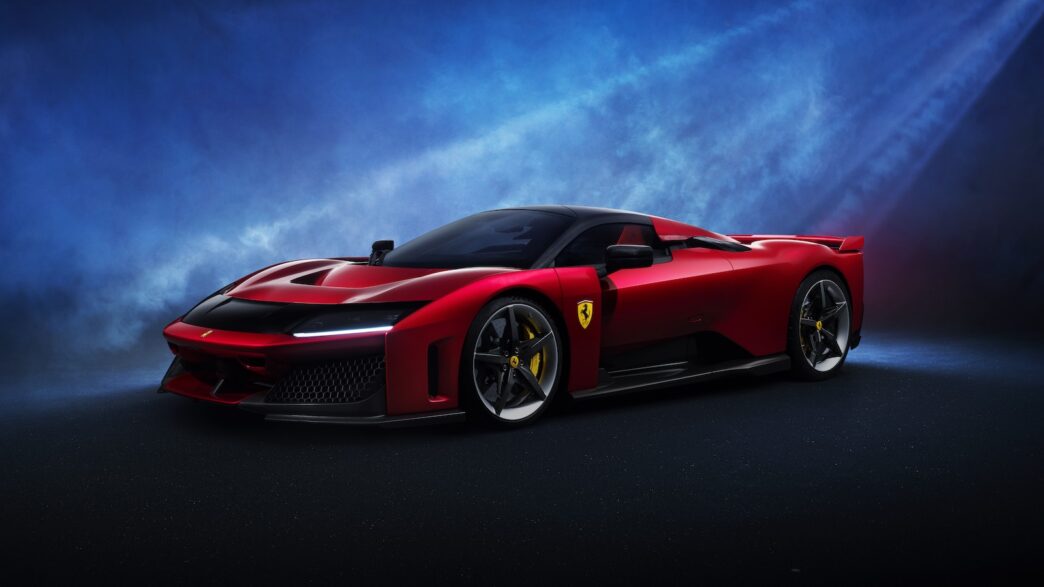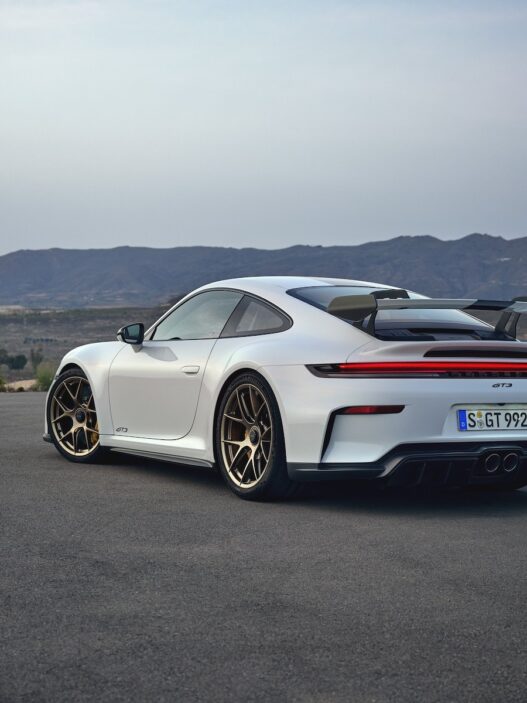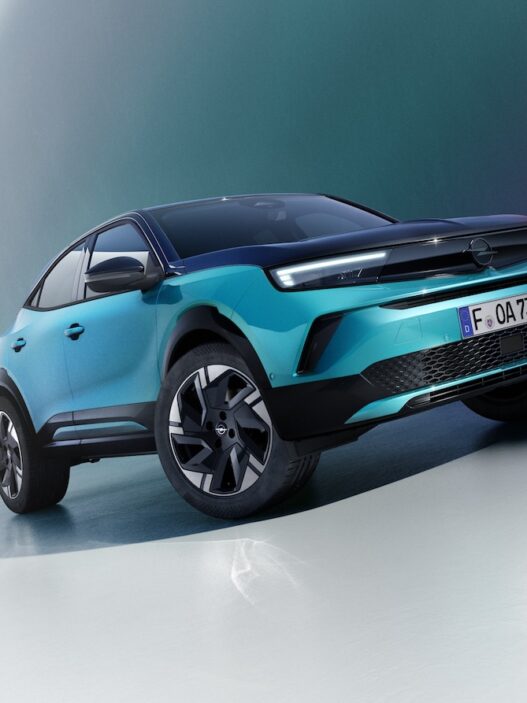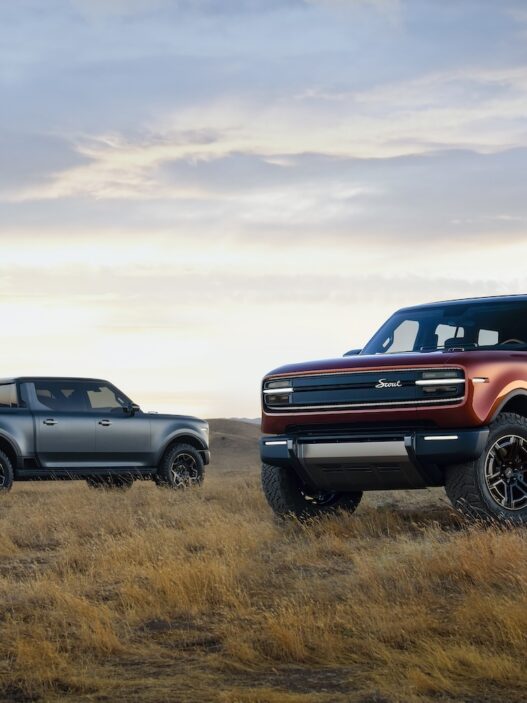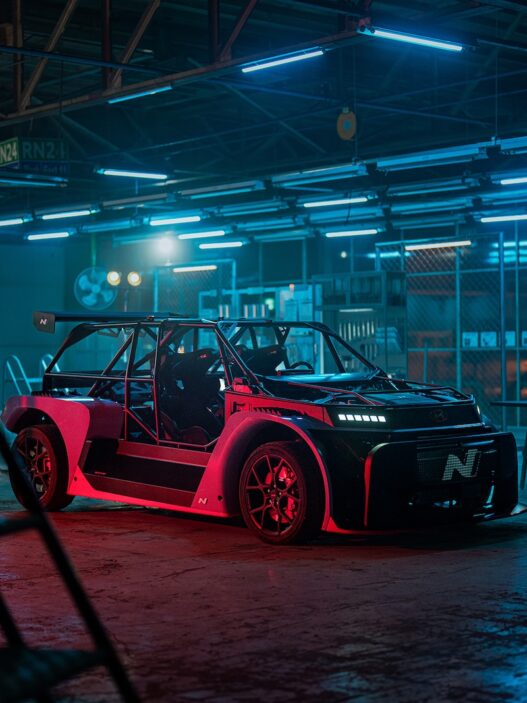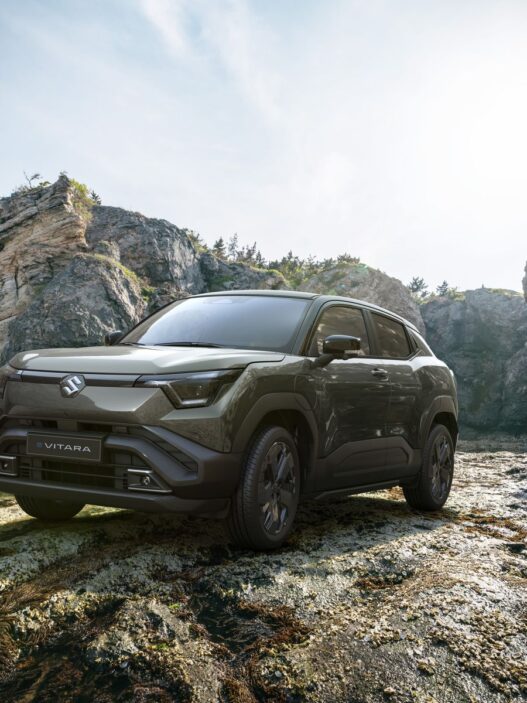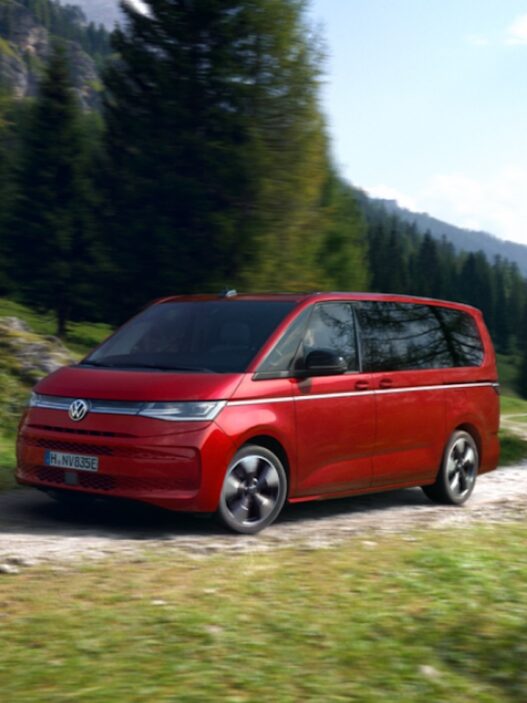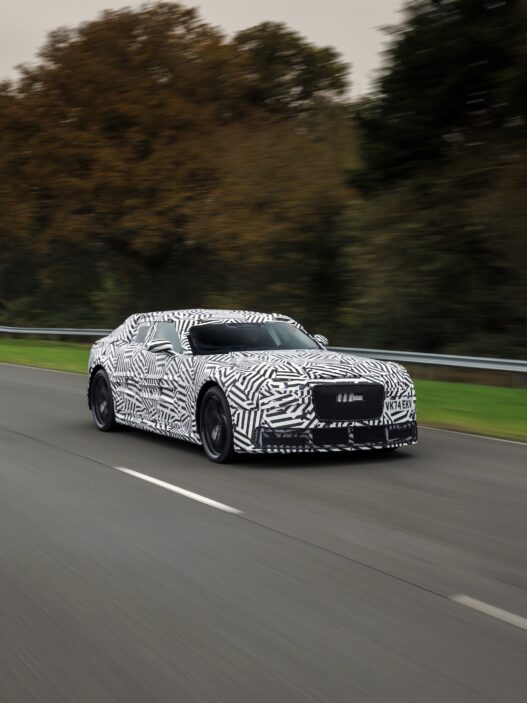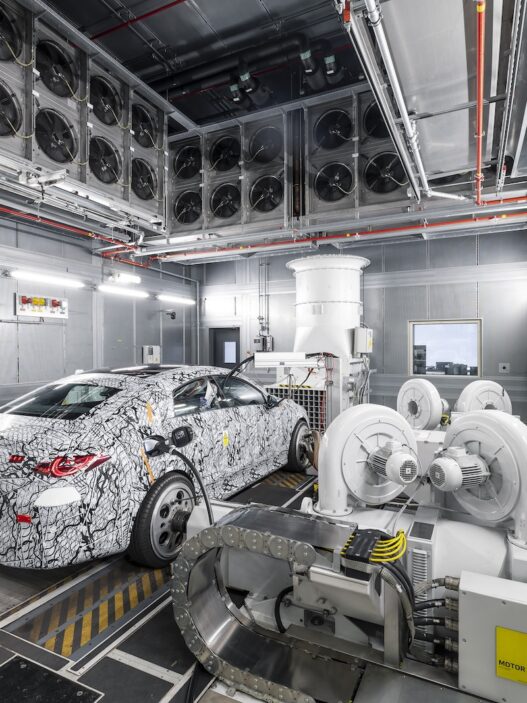In the world of supercars, it’s a race to the top as automakers roll out their latest models. And in this elite lineup, electric vehicles are notably absent. Take the new Ferrari F80, for instance — a hybrid powerhouse with a jaw-dropping price tag of €3.6 million.
Recently, the likes of the Lamborghini Revuelto, Mercedes AMG One, McLaren W1, and now Ferrari’s F80 have taken the stage, dazzling fans with performance numbers both on and off the track. The F80, Ferrari’s successor to the LaFerrari, fits right in. Strictly limited to 799 units through 2027, it’s part of a storied lineup that began with icons like the F40 and GTO and continued with the LaFerrari.
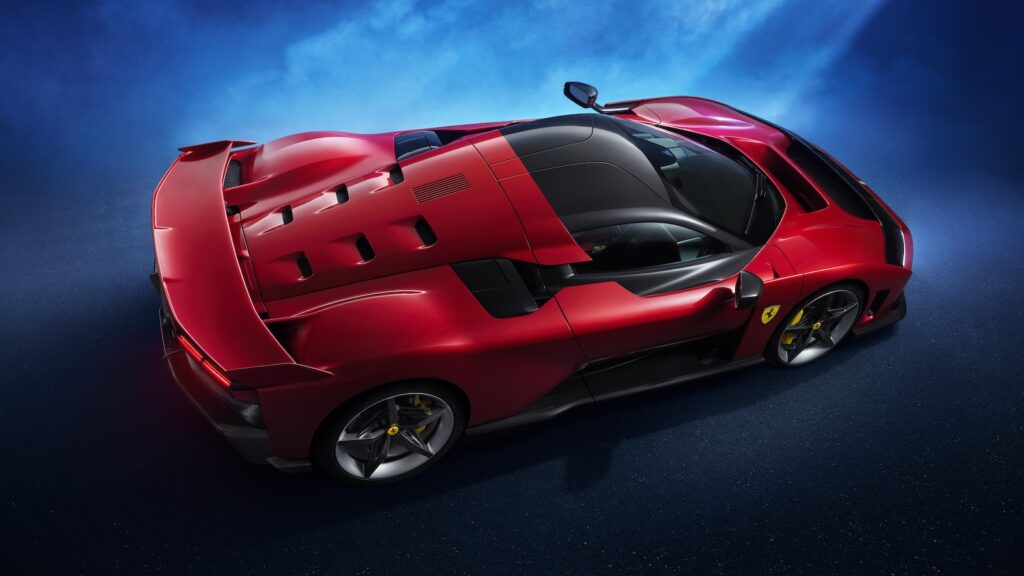
Hybrid Power Meets Racing Pedigree
Following in the LaFerrari’s footsteps, the F80 is driven to peak performance by a hybrid powertrain. Boasting an impressive 883 kW (1200 PS), it’s Ferrari’s most powerful road car to date. At the core is a turbocharged V6 with electric support from an 800-volt hybrid system, inspired by the Le Mans-winning Ferrari 499 P. Like other performance vehicles such as Audi’s SQ7 TDI and the Porsche 911 GTS4 T-Hybrid, it also incorporates an electric turbocharger, which is strategically positioned between the turbine and compressor to enhance throttle response, especially at low revs. On its own, the 3.0-liter V6 turbo churns out 662 kW (900 PS).
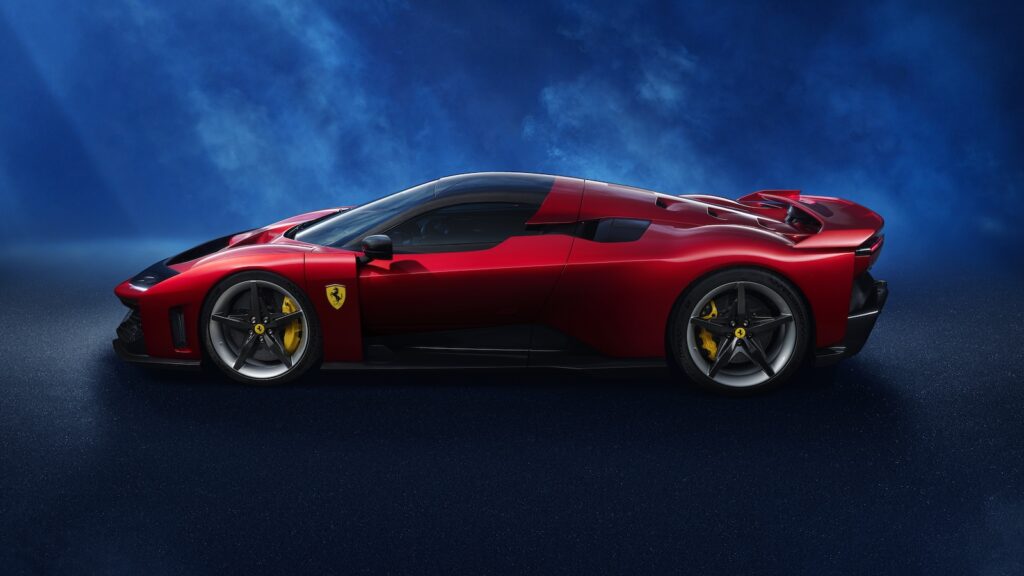
To up the game even further, the F80 sports an electric front axle with dual motors plus a rear motor-generator, adding 221 kW (295 PS). Its 39 kg high-voltage battery, with a capacity of 2.3 kWh, delivers an impressive output of 242 kW (329 PS). However, unlike Ferrari’s SF90 Stradale or the 296 GTB, the F80 cannot be driven solely on electric power. Instead, it offers the driver a choice of Hybrid, Performance, and Qualify modes, alongside its eight-speed dual-clutch transmission. Though designed primarily as a single-seater, the 4.84-meter F80 can accommodate two passengers, albeit with minimal luggage space at 35 liters.
Form Meets Function in Aerodynamics
Aerodynamics are as crucial as power in a supercar like this, ensuring that its massive engine performance translates into road control. An array of spoilers and wings helps the nearly 1.7-ton Ferrari F80, built on a carbon chassis, to generate a downforce of 1,050 kg (460 kg front/590 kg rear) at 250 km/h.

Ferrari partnered with Brembo to create a new high-performance braking system for the F80, doubling the strength and tripling the thermal conductivity of the previous generation. This hybrid all-wheel-drive supercar decelerates from 100 km/h to a standstill in just 28 meters.
Unmatched Performance on the Track
With the choice of Michelin Pilot Sport Cup2 or Pilot Sport Cup2R tires (sizes 285/30 R20 front and 345/30 R21 rear), the F80 sprints from 0 to 100 km/h in a swift 2.2 seconds and reaches 200 km/h in 5.8 seconds. Topping out at 350 km/h, the F80 is every bit the supercar Ferrari fans have been waiting for, marrying race-proven engineering with the luxury of exclusivity.
